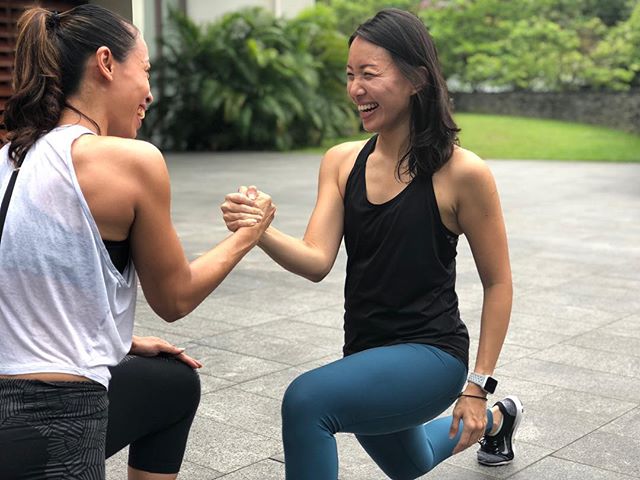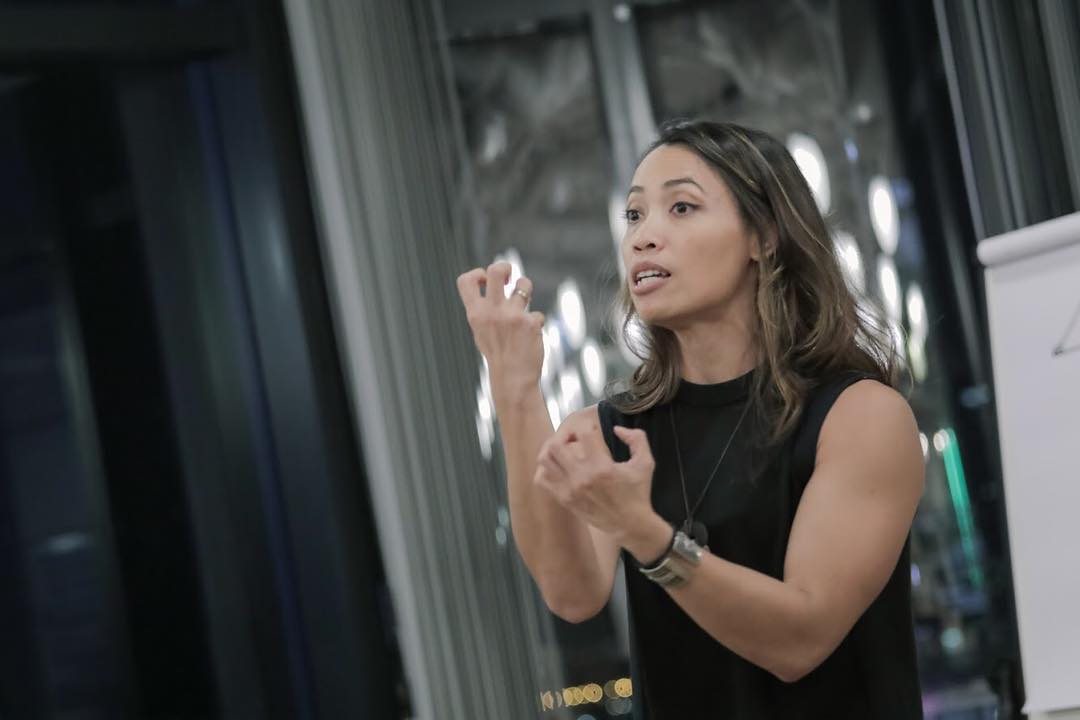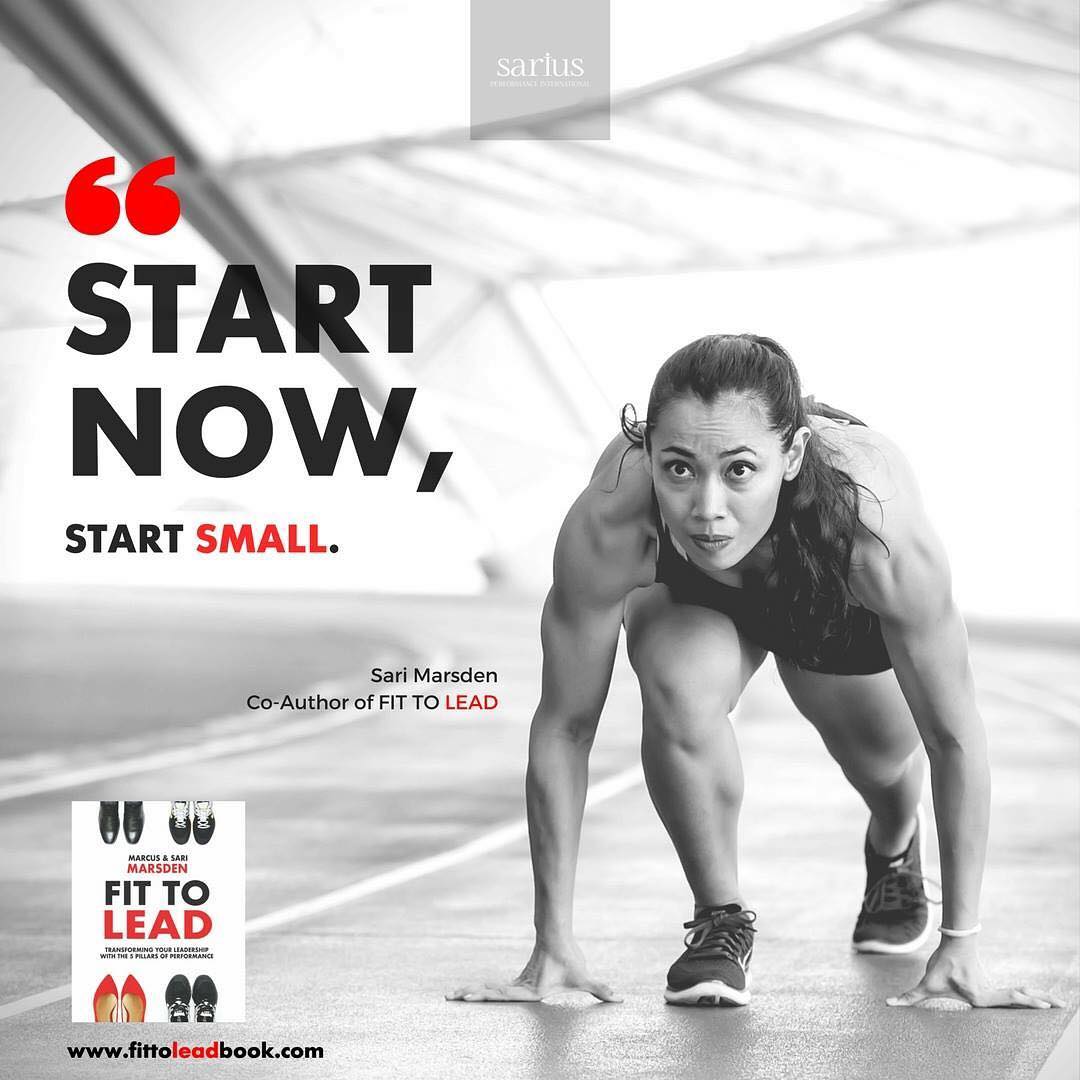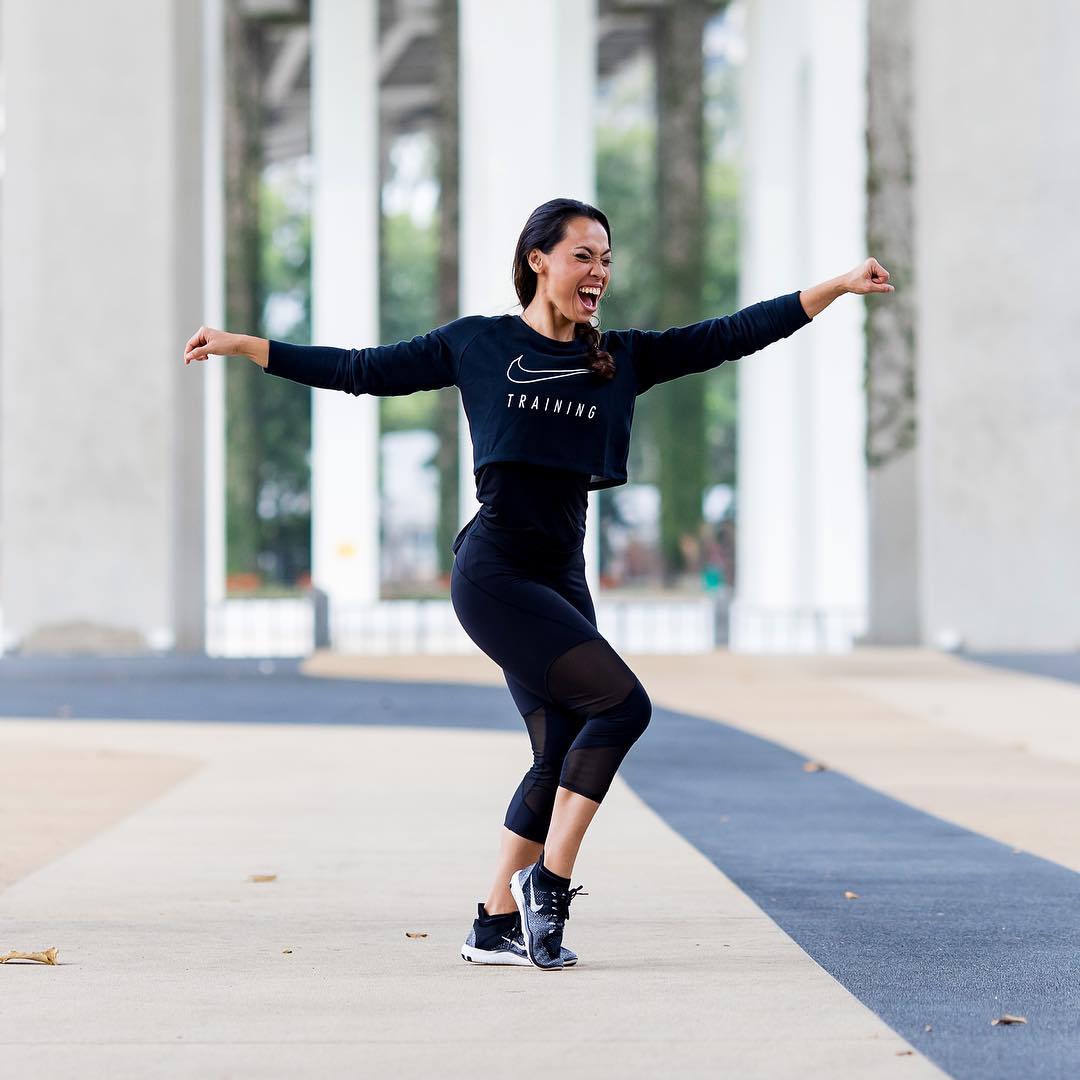What are limiting beliefs?
Limiting beliefs are narratives that hold us back from producing our very best results. They take the form of assessments and may concern ourselves, other people or the world in general.
E.g. “I am no good with numbers”, “Men do not listen”, “People will always let you down.”
“I am… / I am not …” are powerful conversations. How you complete these statements will create your reality today and what you as possible in the future. Theses declarations help to shape your very identity. Once you have decided that you are / are not something, it becomes much harder to change it.
I once trained a client to perform lunges. The studio was full, but we secured a tiny space in front of the mirror. She kept looking down, and this resulted in a poor form of movement. As I instructed her to gaze forward (into the mirror), she could not do it, and she said “I am shy. I cannot see myself in front of the mirror, with so many people around me”.

Once you have labelled yourself (in this case as ‘shy’) it becomes much harder to take actions that contradict this belief - going out to meet new people or even looking at yourself in the mirror!
This is now what you expect of yourself and also becomes what people will expect of you. This kind of belief also has a nice little-hidden benefit; it gives you a nice excuse for playing safe, holding back and waiting. Watch out! How you assess yourself becomes a self-fulfilling prophecy!
Assessment and Assertion.
To work with these beliefs, we first need to make a distinction between an “assessment” and an “assertion”.
Dini is 160 cm tall (this is an assertion, it is verifiable, it is either true or false).
Dini is short (this is an opinion or assessment, it is not verifiable, it is neither true nor false).
Notice that the assertion tells you about Dini, but the assessment tells you about me (the person doing the assessing) and my standards (regarding height in this case).
Furthermore, assessments are very “sticky” and unlike assertions, tend to be predictive of the future, because as human beings, we love to be right, and once we have decided on an assessment, then we like to prove ourselves right over and over again.
Based on my own coaching experience, a big breakdown happens when people treat their assessments as assertions. If I treat my assessment that “I am shy” as though it is an assertion, then I will limit myself. Notice that it does not matter how much evidence you have for your assessment, it never becomes an assertion. Assessments are never true or false.
Very often, one assessment leads to another: “I am short” can lead to “I am not beautiful” or an assertion leads to an assessment, “I am a woman” leads to “I am not good with numbers”.
The process goes on and on and reduces the options available to you. The narrative limits your ability to grow and create new results.
If you want to transform your life, then it is crucial for you to see your limiting-beliefs. Personal transformation is not about changing who you are, it is about shifting the way you see yourself and the world around you. By changing perspective, you open up more possibilities!

Courage to Change. Know Your Purpose.
You often hear people say: “You should get out of your comfort zone”.
As soon as you hear that, your limiting beliefs and justifications kick in and you begin to sense your fears. Perhaps you are afraid of being seen, concerned about what others may think of you, fear of getting hurt, fear of making a mistake and disappointing others, fear of being judged as a loser or a failure, fear of losing control. The list never ends.
If your game is really important to you and worth playing, then you will take a risk.
There are games, and then there are games worth playing. The “game worth playing” as defined by my coach Kelly Poulos (co-author of “Secrets to Winning”), is a game that you assess to be one that includes both big results and high fulfilment. In such a case, you are willing to risk getting hurt, embarrassed, humiliated, or rejected in the pursuit of winning the game. Let your vision, rather than your fear lead you. When you play the game of life driven by your purpose and are willing to accept your current results as simply a source of information and learning (rather than use them to determine your worth in the world), then you can create a meaningful life.
Transformational change is emotional. It is about connecting to that which matters most to you, your sense of purpose. This energy is your fuel, and it will move you.

What’s your next move?
Build your support system; they can be your friends or a coach, but they must be willing to be honest with you. You cannot see yourself when you play, that is why the most successful players in the world have coaches. Get connected and share why your goal matters to you. Why is it important and why now?
Pay attention to how you see yourself and how you see the world. Learn to distinguish between assertions and your assessments. Where are your assessments limiting you?
Be willing to design a new narrative, a powerful conversation that facilitates and empowers you, rather than limits you. Then go on to create evidence and results that support your new powerful conversation.
Finally, when you are on the journey, be ok to not be ok. You may come to see that transformation can occur as a battle between fear and love. Which one will win? The one that you nurture most.
When you are emotionally connected to your purpose and driven by your vision, you will always find a way to get back on solid ground, and you will maximise your impact on the world.
Embody Your Purpose - with movement.
Next time you go to the gym, be more conscious of your movement. Think of your purpose, think of your core! Build your capacity of staying on your purpose by paying attention to your core stability. A stable core means a firm body. Set your mental state into a learning mode; create a practice to stay on your purpose, learn what you can control and what you cannot. That is YOU and YOUR PURPOSE. This is what I call: stability practice.
We define stability as the capacity to stay on purpose in the presence of change. It is a quality or state of something that is not easily moved from its purpose.

Developing a stability practice in the Physical State Pillar builds the capacity to stay on purpose in the Mental State Pillar and the capacity to create an experience of certainty and consistency in the Emotional State Pillar.
The purpose of a stability practice is to increase your body control by engaging your core throughout all four movements that are illustrated in this video.
Article contributed by The Busy Woman Project Expert Sari Marsden.
Any questions for Sari? Which actionable tip do you find the most useful? Drop us a note at [email protected].

